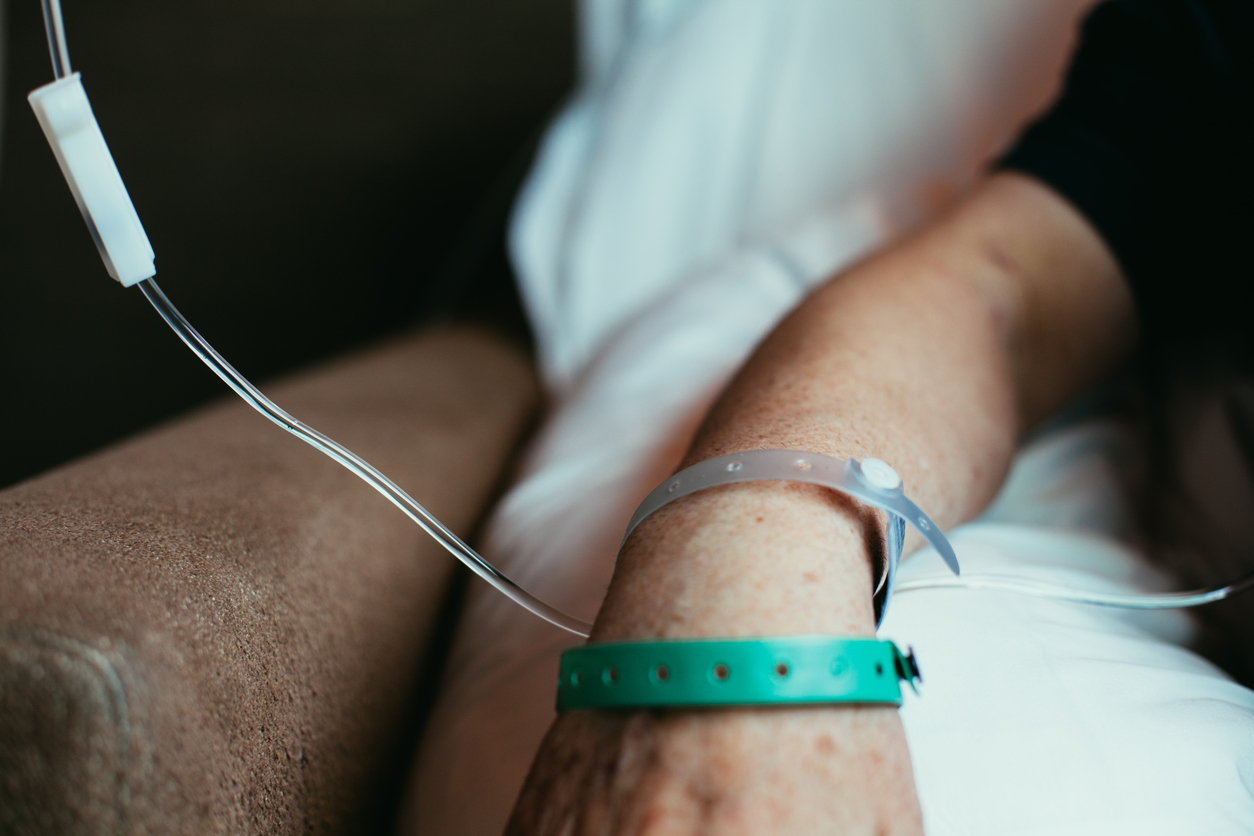
Previously, there has been limited research into the trends and patterns in treatment for patients when they are diagnosed with stage IV cancer, compared to those for early stage cancer. A cancer is in stage IV when it has spread far away from the origin into other organs of the body, meaning it is generally more difficult to treat and cure.
The National Cancer Registration and Analysis Service (NCRAS) is one of the best sources of cancer data in the world and now contains enough data for us to analyse trends in treatment for those with stage IV cancer. This helps us to conduct research that enhances current knowledge and fills gaps, and could ultimately help us win the battle against cancer.
Our latest research
PHE and Cancer Research UK (CRUK) have published a paper in the British Journal of Cancer that investigated variation in chemotherapy and radiotherapy treatment for stage IV lung, oesophageal, pancreatic and stomach cancers. The research provides us with new information on the type of treatment provided across the population at this stage of diagnosis.
From this, we have learnt that there are differences in the type of treatment that groups of patients receive. By being aware of these variations, we can use this knowledge to help address the disparities, and ultimately improve patient outcomes.
Existing evidence has shown that elderly patients can be under-treated. We had previously hypothesised that this could be driven by differences with age and the stage of cancer at diagnosis.
Elderly patients may be diagnosed with later stage cancer and are more likely to have other co-morbidities, they may be frailer, or more reluctant to experience the toxicity and side-effects of chemotherapy. Therefore, simply looking at the numbers of patients receiving treatment does not provide the complete picture.
We’ve made our analysis as strong as possible by considering the differences among patients, and we statistically adjusted for these factors.
When these factors were taken into account we found that elderly patients were still receiving treatment less often than younger patients. Similarly, patients with existing co-morbidities were less likely to receive treatment.
The complex issues at play
When deciding the treatment plan, age and comorbidity are important clinical factors and we have shown significant associations between these and radiotherapy and chemotherapy.
The association with deprivation is less strong than with age and comorbidity, but it is still significant. We found that more deprived patients were consistently less likely to receive chemotherapy alone, or chemotherapy with radiotherapy, compared with less deprived patients.
It is a very complex issue, and we don’t truly know what is driving the differences in treatment, particularly for deprivation. The main limitation of this work is that we can’t account for patient choice.
This is particularly important among patients with stage IV cancers as the diagnosis sadly tends to be terminal. Because of this, patients may choose that they don’t want to experience the side effects of treatment, choosing quality over quantity of life, which may explain some of the variation that we see.
Other potential explanations
There are a number of other potential explanations. One possible reason could be the relationship between the patient and clinician, which may differ for different populations, and could therefore influence the treatment decision.
Another potential explanation may be the difference in perceived risk and benefits of treatment among different groups of the population, which may influence the patient’s treatment choice. Further research is needed before we can say for certain what patient factors are influencing treatment patterns.
We also analysed the data by performance status, which is a measure of the general wellbeing of a patient. It measures the amount of normal daily activity the patient can continue to do from the time they are diagnosed with cancer.
This analysis showed that for patients who had better general health, there was less variation in treatment even if they were deprived or had co-morbidities. Therefore, performance status may also help to explain some of the variation we see in our research. As the data quality improves (it was only available for 52% of cancers in this study), we hope to be able to understand these further.
Looking to the future
This piece of research is vital in helping us to understand the potential drivers of the variations in treatment and will help us work towards reducing these moving forwards. We hope this paper will raise more questions and research within the cancer community and ultimately lead to improving outcomes for patients with stage IV cancer.

1 comment
Comment by Morgan M posted on
This is so sad to read! It breaks my heart to think that those who are possibly farther along in the stages of cancer aren't getting the attention into their care and treatment that they deserve! I know it's said to be harder to be cured, but that doesn't mean they shouldn't try! Something they should maybe look into to go alongside their treatment is Aloe arborescens. It's said to help the body fight cancer by promoting it's natural immune system to attack the cancerous cells. Might be worth looking into. I read about it on AloeArborescens.org